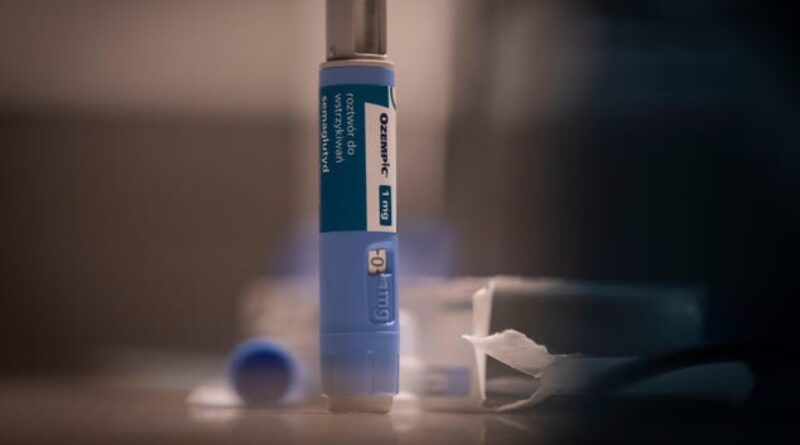Next Gen Weight Loss Drugs Are Coming for Ozempic’s Throne
The future of weight loss is fast approaching. At a recent scientific conference, drug companies showed off a variety of next-generation drugs for both obesity and type 2 diabetes. Some of these treatments might help people lose even more weight than current forerunners like Novo Nordisk’s semaglutide—the active ingredient in popular drugs Ozempic and Wegovy—while others may come with fewer side effects or be easier to take.
Suggested Reading
Will The MSI Claw Scratch Your Handheld Gaming Itch?
Suggested Reading
Semaglutide is a drug that mimics GLP-1, one of several hormones that help regulate our sense of hunger and blood sugar. In clinical trials, semaglutide has proven to be much more effective at treating obesity than diet and exercise alone. Previously only approved for type 2 diabetes as Ozempic, semaglutide was approved for obesity in 2021 under the name Wegovy. However, it’s already started to be overshadowed by the arrival of Eli Lilly’s tirzepatide, which combines GLP-1 with another incretin hormone called GIP. Tirzepatide was approved by the Food and Drug Administration in 2021 for type 2 diabetes under the brand name Mounjaro; in November 2023, it was approved to treat obesity as Zepbound.
Newer treatments in the works are poised to compete with and possibly surpass both of these drugs. The American Diabetes Association held its annual conference over the past weekend, and the emergence of these future medications was a big aspect of the event. Companies presented preliminary data on over two dozen GLP-1 related drugs, all in various stages of development.
“We’ve heard about Ozempic and Mounjaro and so on, but now we’re seeing lots and lots of different drug candidates in the pipeline, from very early-stage preclinical all the way through late-stage clinical,” Marlon Pragnell, ADA’s vice president of research and science, told NBC News. “It’s very exciting to see so much right now.”
Altimmune’s pemvidutide, for instance, combines GLP-1 with glucagon, another hormone key to keeping our blood sugar level stable. In Phase II trial data presented this weekend, pemvidutide was found to help people lose over 15% of their baseline weight within 48 weeks, a bit ahead of the pace seen with semaglutide (15% weight loss over 68 weeks). A dual GLP-1/GIP candidate developed by scientists in China, called HRS9531 for now, was found to cause up to 16% weight loss within 24 weeks. Eli Lilly also presented new data on its second-generation drug retatrutide, which combines GLP-1, GIP, and glucagon, finding it improved insulin’s ability to control blood sugar in people with type 2 diabetes. In previous research, retatrutide was found to cause up to 24% weight loss, the highest mark seen yet with these drugs.
It’s not certain that these or other GLP-1 drugs in development will truly outmatch semaglutide and tirzepatide in terms of weight loss, but they may still have other benefits over them. Pemvidutide was found to cause less lean body mass loss, for instance, possibly due to the addition of glucagon (exercise naturally raises glucagon levels, so the drug could be mimicking some of the positive effects of exercise). Some experts are skeptical that lean body mass loss is a major concern with these drugs. However, it may be important to prevent this in individuals who are more vulnerable to muscle or bone loss, such as older adults.
It will take years for these newer drugs to reach the public, assuming they continue to succeed in larger trials. Their arrival may not only help people who don’t respond to existing treatments, though, but could also drive down the overall high costs of these medications (without insurance coverage, which is often denied, a month’s supply of semaglutide can reach over $1,000 per month).
“Over the past few years, we have seen the substantial impact of new research working to solve the dual health crisis we are facing, obesity and diabetes,” said Robert Gabbay, chief scientific and medical officer for the ADA, in a statement from the ADA. “The studies we are seeing presented at this year’s annual meeting show great promise to fuel new solutions and treatment options for patients across the globe living with type 2 diabetes and obesity.”

